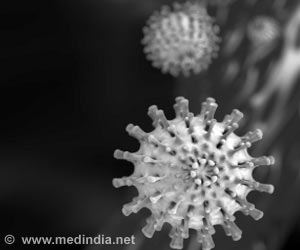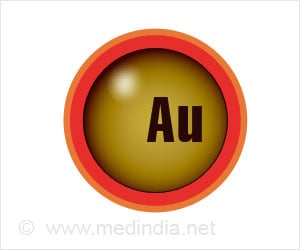Highlights
- Scientists are exploring novel ways to kill cancer cells and if possible, find a cure for the dreaded condition.
- Physical characteristics of tumor cells could be exploited to make anti-tumor drugs more effective.
- Coating tumor cells with nanoparticles alters their physical nature, making them more susceptible.
Nanoparticle coated tumor cells are more likely to make cell-suicide inducing drugs effective, and increasing the chances of tumor cell death, according to a study conducted by a group of scientists at Massachusetts Institute of Technology (MIT) Hypothesis Behind the Study
In recent years, it has been shown that physical characteristics of tumor cells such as their increased stiffness and altered blood flow confer certain advantages on them enhancing their survival growth and disease progression. Tumor cell behavior is also affected by forces exerted by flowing blood and fluid in soft tissues.
They wished to test if further increasing the force exerted on the cell, by coating the tumor cells with nanoparticles , could enhance the drug effect.
Application of Shear Force on the Tumor Cell
The research team employed an experimental drug known as TRAIL, a protein expressed on different cells of the . TRAIL belongs to the family of tumor necrosis factors that binds to receptors on the cell capable of triggering a sequence of events which ultimately leads to cell death or apoptosis.
Initial experiments showed that tumor cells became more susceptible to the effects of the drug when subjected to shear forces from physiological body fluids. "Under these flow conditions, more tumor cells began to die in the presence of the therapeutic," says Michael Mitchell, a postdoc at MIT's Koch Institute for Integrative Cancer Research and the lead author of the study.
The above findings led the researchers to believe that increasing the forces acting on them could make cells even more responsive to therapy.
One way to increase force exerted on the cell would be coating the cell with tiny particles. Acting like balls on a string, the attached particles pull and push at the tumor cell surface as blood flows by, making the cells much more likely to die from the drug.
The particles, made of biodegradable polymers known as PLGA, can be injected into the bloodstream. They are coated with another polymer, PEG, that is tagged with an antibody specific to proteins that occur on the surface of tumor cells, which allows them to selectively bindto tumor cells and tether them.
- In tests in mice, it was found that coating nanoparticles to tumor cells and then treating them with TRAIL, eliminated metastatic tumor cells in the bloodstream and also decreased the growth and spread of solid tumors in mice.
- The tethered nanoparticles made the drug 50 percent more effective, and together they killed nearly 90 percent of tumor cells in the mice.
- They tested particles ranging from 100 nanometers to 1 micrometer, and determined that the biggest ones were more effective.
- The greater the numbers of particles that were tethered to the surface, the more the number of cells that died.
Suggested Mechanism of Action of the Nanoparticles
The authors believe that the particles might act by compressing the molecules that usually occur on the surface tumor cells and make them flat, making it easier for the drug to interact with receptors on the cell surface and turn on the cell death pathway.
"When you expose cells to forces and then these particles are coming down on the cell, they could be flattening all these molecules on the surface. Then the receptor can come in better contact with TRAIL to induce tumor cell death," Mitchell says.
Future Research Plans
The MIT team is next planning on using this approach in combination with other drugs that induce an immune response, such as drugs that cause a "cytokine storm" -- a large release of signaling chemicals that draws numerous immunocompetent cells to the site to kill the tumor.
"We're very interested in combined approaches where you can hit tumor cells with many immune-based therapies and then exploit physical forces that these cells are exposed to, as a new way to kill them," Mitchell says.
Source-Medindia










